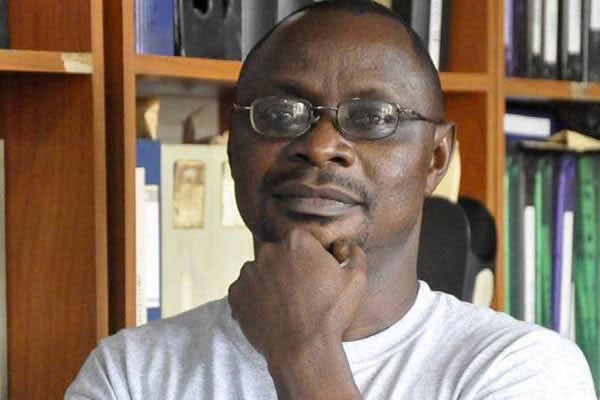Value addition to increase revenue in fisheries

The RFBCP project coordinator Mr Adolf Gersti hands a gift hamper to the minister of state for fisheries Ms Hellen Adoa in Jinja on September 26, 2024. Photo/Paul Adude
What you need to know:
- Ms Adoa said there is need for government to reinvest money collected from the fisheries sector in order to improve it to meet the growing demand on the foreign market especially China.
The Minister of State for Fisheries, Ms Hellen Adoa has urged players in the fisheries sector to add value to their products during the fish processing chain in order to fetch more income for themselves and revenue for the country.
“We can do value addition to fisheries which can decongest the lake, teach people on a cheaper way of fish farming, we cannot continue smoking fish with our firewood, when you smoke fish with firewood, you will be eating part of that wood. The best plan is for government to get a better way, we are now starting with kiln but it seems to be smaller, we need to expand so that the youth and women can be able to smoke fish in tans to sell both locally, regional and international market” she said.
Ms Adoa made the remarks at the closure of the Euro15.5 million (approximately Shs 63 billion) seven year Responsible Fisheries Business Chains Project (RFBCP) that started in October 2016 funded by Giz (German Agency for International Cooperation) in Jinja on September 26.
“If youth are given such a project, I can assure you, no youth will want to enter inside the lake. They will want to wait for it outside, then after smoking it, they do the packing. Also, silver fish can be fried, packed, made into powder through value addition. Such fish can even take a year before it can go bad,” she said.
Ms Adoa said there is need for government to reinvest money collected from the fisheries sector in order to improve it to meet the growing demand on the foreign market especially China.
The RFBCP project coordinator Mr Adolf Gersti said the project was aimed at addressing the food insecure population of Uganda and East Africa as a whole by making fish and income available to the particular group.
“We are talking mainly of small and medium-sized enterprises in the fishery sector, all actors along the fisheries value chain, starting from the fisher, going through the processor, transporter, and the whole value chain,” he said.
Mr Gersti said the project has contributed to the enactment of the new fisheries law to enhance the country’s participation in the regional fisheries sector.
“We worked on the guidelines for co-management, East African guidelines for co-management structures, which is very important, because co-management in the fisheries sector ensures that basically all stakeholders have a say, all stakeholders feel they are part of the fisheries sector and they are part of the decisions made in that sector,” he said.
Mr Gersti added; “We worked with small-scale enterprises and individuals, trained more than 3,000 small and medium-sized, micro, small and medium-sized enterprises to improve their businesses, their livelihoods have improved and they have a better income.”
The Giz head of rural development programmes in Uganda, Ms Myriam Fernando said the project will act as a build up for the sustainable aquatic foods project set to be rolled out in October this year.
“We will continue building on the lessons learned of this current initiative and very much working together with the partners that the teams have built up. There are many roles women and youth can play in the fisheries sector production in terms of adding value to the fish in the production chain,” she said.
Ms Fernando said the project has identified partners with the required capacities to work in the systems in place even without continued funding from development partners.
“There are some areas we, together with the government will continue working on in terms of environmental protection, sustainable use of lakes, building capacities of people involved in the chain from fishermen to the traders,” she said.
The Lake Victoria Fisheries Organisation (LVFO) officer in charge of fisheries resource monitoring and research Mr Robert Kayanda said the guidelines created for fish maw processing has built capacity for local women who are processors near landing sites.
“The women add value on these ones to extract them [fish maw] in a way that they are not compromising the quality so that when they are dried and exported they fetch in the maximum prices” he said.
According to the project report, the fisheries catches in Uganda increased from 307,149 Metric Tons in 2018/2019 to 603,220 Metric Tons in 2020 with fish exports increasing from 14,894 MT to 37,048 valued at USD227 million (approximately Shs 838 billion) by 2020.




